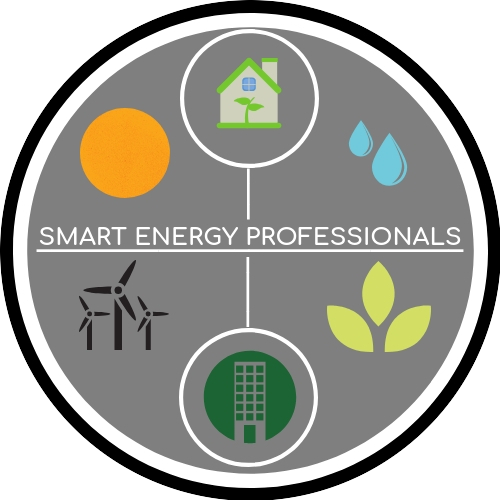Your Guide to maryland Home Ventilation
Yes, but providing proper ventilation is the key to ensuring good indoor air quality.
The most common recommendation made after an energy audit is to reduce air leakage (What Is Air Leakage?) which makes a home more comfortable and efficient. While sealing up a home contains conditioned air longer it can also trap moisture and contaminants, reducing indoor air quality. This must be addressed and is a requirement to access rebates as part of the utility (BGE, PEPCO, DELMARVA) weatherization program. The remedy to this issue is to install controlled, mechanical ventilation. This blog post will outline how ventilation needs are determined and the common options to provide ventilation.
Do I Need Ventilation?
Firstly, the way that Smart Energy Pros determines ventilation needs is by performing an energy audit. This service comes with software that will determine ventilation needs based on the below factors:
Size of Home - If a home is larger then it typically needs less ventilation.
Height of The Home - The taller a building is then the leakier it is. If it’s leaky then this provides natural ventilation which we want to eliminate by air sealing and it decreases the odds of mechanical ventilation.
Number of Occupants - People naturally perspire whether it’s talking or just walking around. If there are more people in a home then the higher the likelihood for ventilation.
Working Bath and Kitchen Fans - Showers and cooking food are the largest sources of moisture within the home excluding the occupants. If there is a bath fan that isn’t working or a kitchen doesn’t have a fan that exhausts to the outside then this will increase the odds of ventilation.
Initial Blower Door Reading - This test determines how leaky or tight a home is. A tighter home is more likely to need ventilation
Post Work Blower Door - Once work is completed the blower door test will be performed again. At this point, it will already be known if the home needs ventilation or not. However, if the home was tightened up more than expected then more ventilation will be needed and vice versa.
How Much Ventilation Is Needed?
If ventilation is needed then our modeling software will determine the specific amount that is needed. This ensures that the home has good indoor air quality while not having a mechanical ventilation system run excessively.
Below is a list of options to address ventilation needs.
Timed Bath Fan
This is a picture of a Panasonic Green Whisper fan, which Smart Energy Pros uses. You can read about its capabilities here.
This is the most common form of ventilation because of ease of installation and cost-effectiveness. This is not an ordinary bath fan as it is quiet, very efficient, and rated for continuous use. This form of ventilation works by replacing a normal bath fan and setting the new fan to a timer. This timer runs independently for a certain number of minutes every hour. The amount of time it runs will be determined after the energy audit has been completed.
This exhaust fan, like any other exhaust fan that is accessible, will have to be vented to the outside to ensure moisture does not build up within the home. The downside to this ventilation type is that it pulls outside air into the home without conditioning it first which can increase energy costs. This option is a balance between energy efficiency, indoor air quality, and cost.
Energy Recovery Ventilator
An Energy Recovery Ventilator (ERV) is a type of ventilation system used in buildings to improve indoor air quality while also conserving energy. It achieves this by transferring heat and humidity between the incoming fresh air and the outgoing stale air. For a more detailed video explanation, we recommend this video.
Overall, this is a much more effective system for the above reasons but the downside is the increased installation costs and maintenance. An ERV comes as either a spot system, as in replacing a bathroom fan, or a larger whole home system. The whole home system can be installed using the existing ductwork within the home.
Whole home systems require filters that need to be cleaned every 3-6 months along with the core which needs to be cleaned yearly. This webpage goes into greater detail about cleaning an ERV.
Heat Recovery Ventilator
It should be stated that an HRV is not a suitable option for Maryland as it is designed for much colder temperatures. This section is strictly for learning purposes.
The primary difference between an HRV and an ERV is that an HRV is primarily focused on heat recovery. It transfers heat between the outgoing stale indoor air and the incoming fresh outdoor air. During the exchange process, the HRV's heat exchange core allows the heat from the warm exhaust air to pre-heat the cooler incoming air in the winter, and vice versa in the summer.
The same maintenance aspects of an ERV apply to an HRV.
Conclusion
In conclusion, recognizing the significance of indoor air quality is paramount for fostering healthier and more productive living environments. The air we breathe indoors directly impacts our well-being, influencing everything from respiratory health to cognitive function and overall quality of life.
The next step is to contact Smart Energy Pros for an energy audit so we can advise you on your ventilation needs!


